<< Previous | Displaying results 3876-3900 of 6772 for "" | Next >>
The Battle of the Bulge was a failed German counter-offensive against the Allied armies. Learn more about the Battle of the Bulge and its impact on WWII.
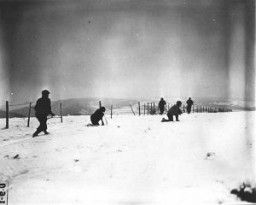
In months of fighting with heavy losses, the US Army attempted to pierce the heavily fortified Hürtgen Forest section of Germany's border defenses. Learn more about the campaign.
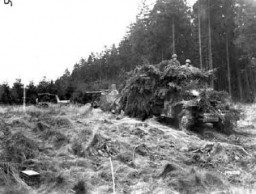
Capturing the Ludendorff Bridge at Remagen was a major milestone for US forces in WWII, allowing the Allies to move troops and tanks across the Rhine river. Learn more.
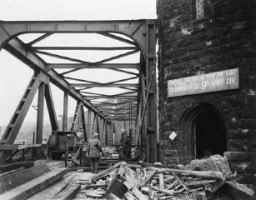
Crossing the Rhine River allowed US and British troops to advance into the interior of Germany, helping to bring about the defeat of the Third Reich in WWII
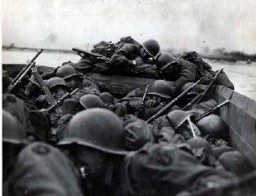
Encircling the Ruhr region was a key Allied military goal. Learn about the military campaign to capture the industrial center of western Germany in the last months of WWII.
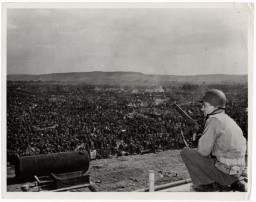
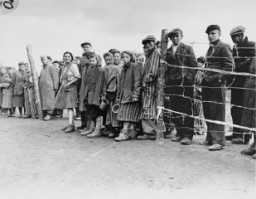
Many extremely graphic photographs taken at the time of liberation document crimes of the Nazi era. Learn about some of the most commonly reproduced photos.
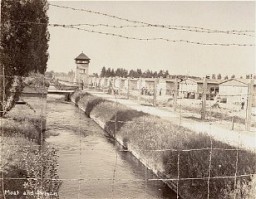
György Beifeld, a Jewish conscript in the Hungarian army, created a visual memoir of his experiences on the eastern front in 1942–1943 as a member of a forced-labor battalion .
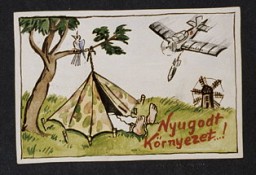
On March 11, 1943, over 3,000 of Monastir’s Jews were deported to Treblinka. Learn more about the history of the community and postwar memorialization.
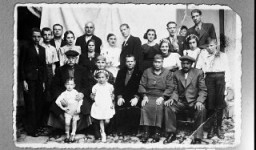
The Sephardic Jewish community of Monastir was historically the largest Jewish community in Macedonia. Learn about the community before and during WWII and the Holocaust.
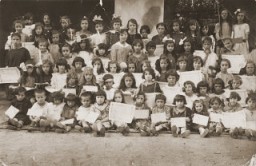
In March 1943, Bulgarian authorities transported the entire Jewish community of Monastir to a transit camp from which they were deported to Treblinka.
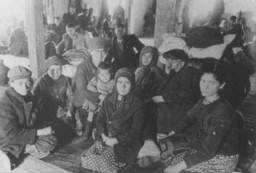
Corrie ten Boom was recognized as a Righteous Among the Nations for her efforts to shelter Jews during the German occupation of the Netherlands
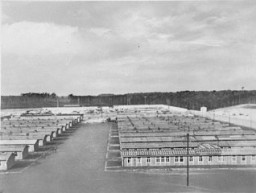
World War II lasted from 1939 to 1945, when the Allies defeated the Axis powers. Learn about key invasions and events during WWII, also known as the Second World War.
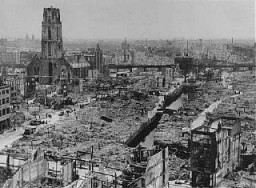
At the beginning of WWII, people with mental or physical disabilities were targeted for murder in what the Nazis called the T-4, or "euthanasia," program.
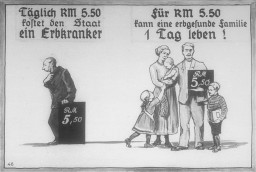
Throughout the 1930s and 40s, Nazi Germany invaded much of Eastern and Western Europe. Learn more about German rule in occupied territories.
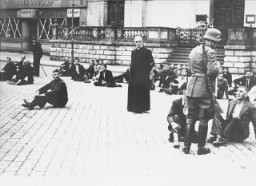
Jews have lived across Europe for centuries. Learn more about European Jewish life and culture before the Holocaust.
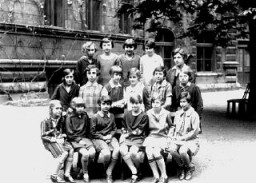
Throughout history Jews have faced prejudice and discrimination, known as antisemitism. Learn more about the long history of antisemitism.
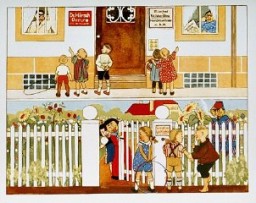
At the July 1938 Evian Conference, delegates from nations and organizations discussed the issue of Jewish refugees fleeing persecution in Nazi Germany. Learn more
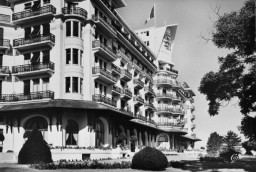
The voyage of the St. Louis, a German ocean liner, dramatically highlights the difficulties faced by many people trying to escape Nazi terror. Learn more.

The Germans and their collaborators used paper records and local knowledge to identify Jews to be rounded up or killed during the Holocaust.

During World War II, the Nazis established ghettos, which were areas of a city where Jews were forced to live. Learn more about ghettos in occupied Poland.
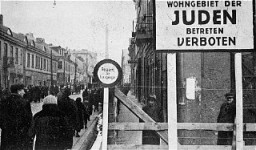
During the Holocaust, Jews were forced into ghettos with terrible living conditions, overcrowding, and starvation. Learn more about life in the Lodz ghetto.
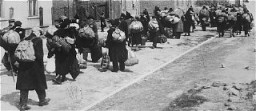
Learn more about Nazi mobile killing squads (Einsatzgruppen) killing activities in the Soviet Union during World War II.
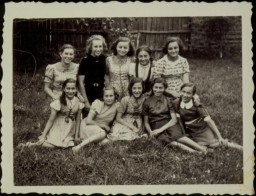
The Wannsee Conference was a high-level meeting of Nazi Party and German State officials to coordinate “the Final Solution of the Jewish Question.” Learn more.
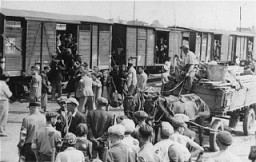
The Nazis established killing centers in German-occupied Europe to mass murder Jews. Learn more about what happened to Jewish people at these killing centers.
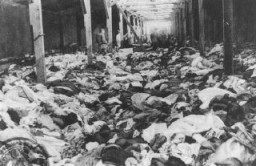
We would like to thank Crown Family Philanthropies, Abe and Ida Cooper Foundation, the Claims Conference, EVZ, and BMF for supporting the ongoing work to create content and resources for the Holocaust Encyclopedia. View the list of donor acknowledgement.